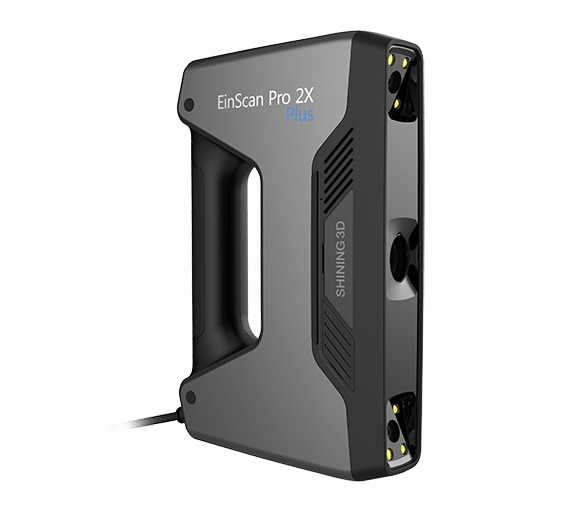

Another tip is to over expose your images by a stop or two. Combine this with proper lighting and you are well on your way to featureless backgrounds. holds a sheet of regular paper like a photo studio sweep which presents a seamless white background. The easier solution is to keep the background featureless. This works well for large objects but it is much more difficult to automate. One is to move the camera around the object so the background stays in sync with the movement. If the feature detected is on the background and is not moving while the rest of the object is it can cause a implosion of the time space continuum, at least as far as your software is concerned. If the feature is part of the object which is rotating we get good data. When photogrammetry software detects a feature in a photograph it tries to find that feature in other photos and records its location in all the shots it appears.

With large objects this can be done manually with some practice, but it is virtually impossible to do it well with a small object. They must also be spaced around the object so they capture every part to be scanned and they overlap enough that the software can figure out where each shot belongs. Photos must be well exposed and in razor sharp focus. The limiting factor with photogrammetry is the quality of the photographs and thus the skill of the photographer. It works from molecules to galaxies, or it would if they would ever approve my Hubble time. If you can photograph an object you can 3d scan it. Unlike a hardware based scanner there are no size or resolution limitations to this process. By identifying and calculating the location of thousands, or even millions of points the software can build up an extremely accurate reproduction. If a point on an object can be seen in at least three pictures then its location can be triangulated and measured in three dimensions. Photogrammetry uses a set of regular 2d photographs taken from all angles around an object. If your object is too small, or too detailed or your scanner is just having a bad day your scan will look like a potato. You can get decent results, but only if your object fits that sweet spot. Scanner hardware is built around a specific scan volume and resolution.

The giant screw shown above was made from a regular drywall screw captured using this scanner and a Nikon DSLR.ĭesktop 3d scanning has made great leaps in recent years but it still has great limitations. If you like to support your local middleman, more power too you, but it will cost a little more. If you like to shop on AliExpress you can probably build it for around $30. If you already have a camera then this project will cost less than $50 to complete.


 0 kommentar(er)
0 kommentar(er)
